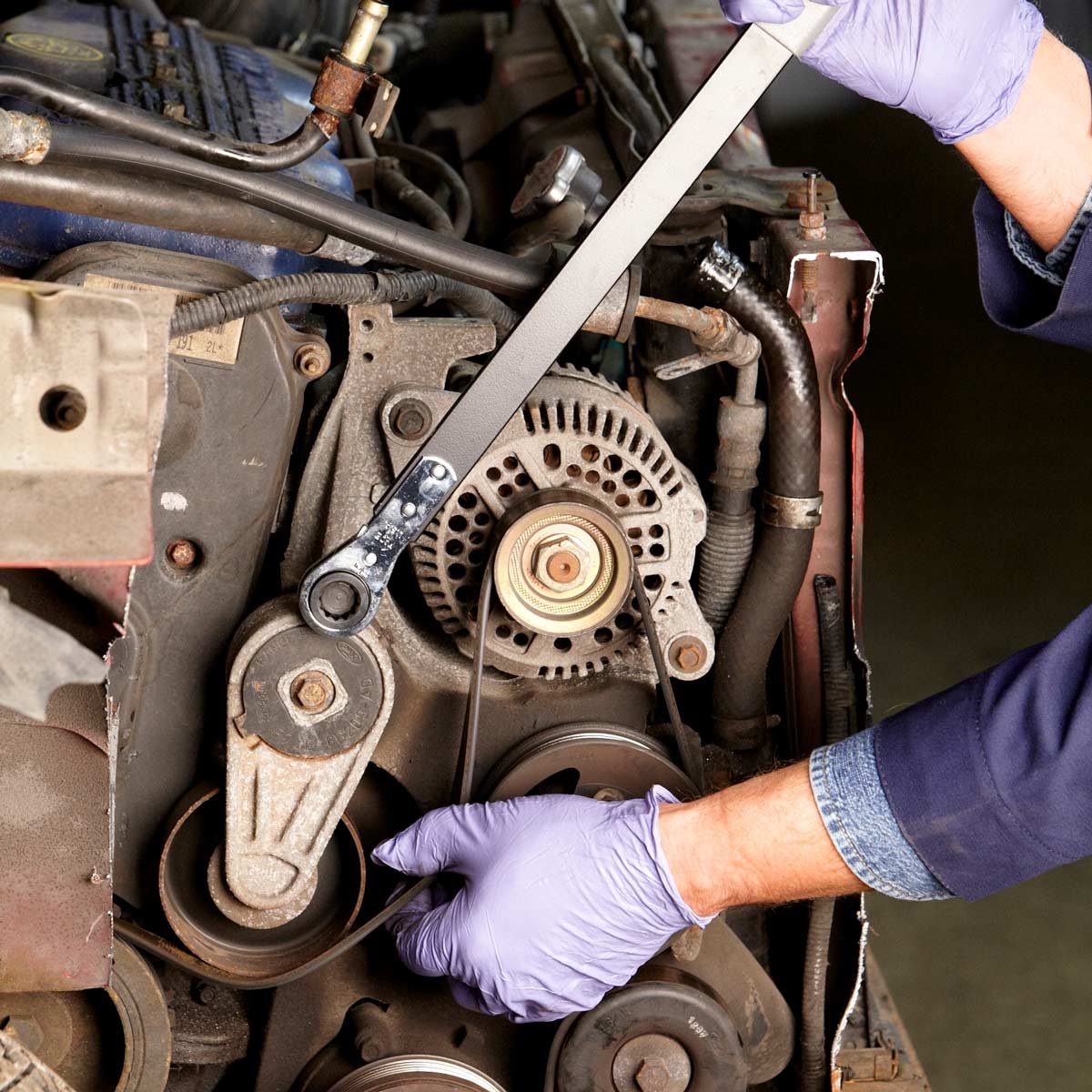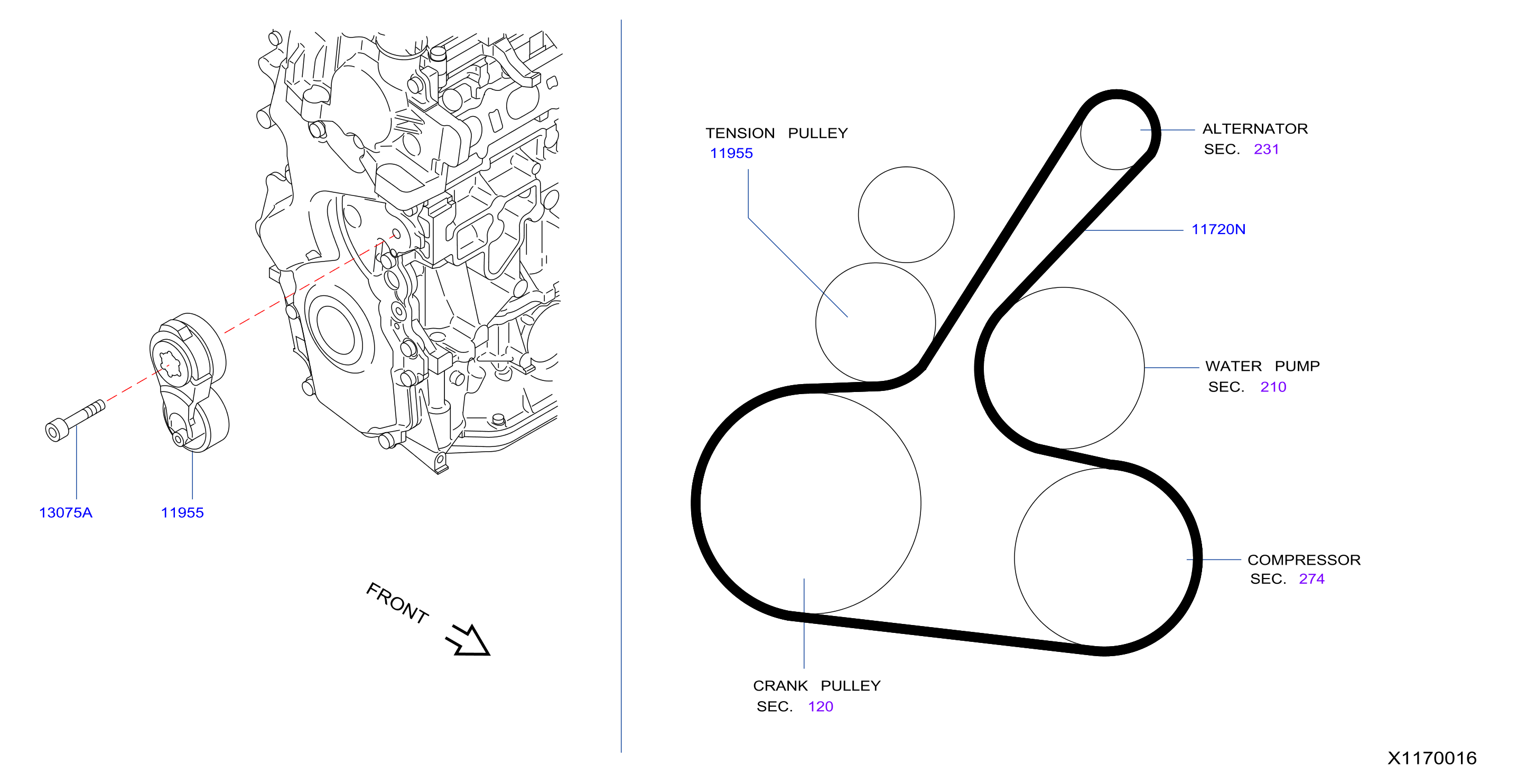When it comes to your car, there are few things more important than the serpentine belt. This belt is responsible for powering all of your car’s essential accessories, including the alternator, power steering pump, and air conditioning compressor. If the serpentine belt breaks, your car will be left stranded.
You don’t have to be a mechanic to know when to change your car’s serpentine belt.

There are a few telltale signs that it’s time for a new belt, including:
- A squealing noise when you start your car
- A loose or frayed belt
- A belt that is cracked or has chunks missing
How often should you change your car’s serpentine belt?

The answer to this question depends on your car’s make and model. Some cars need a new belt every 60,000 miles, while others can go as long as 100,000 miles. It’s always best to consult your car’s owner’s manual for the recommended maintenance schedule.
Signs and Symptoms of a Bad Serpentine Belt

What happens if you don’t change your car’s serpentine belt?
If you don’t change your car’s serpentine belt when it needs to be changed, you run the risk of the belt breaking. This can lead to a number of problems, including:
- Your car will be left stranded
- Your engine could overheat
- Your power steering could fail
- Your air conditioning compressor could fail
History and Myth of Serpentine Belt

Secrets of the Serpentine Belt
The serpentine belt is a relatively new invention, first appearing in the 1980s. It quickly replaced the old-fashioned V-belt, which was much less efficient and more prone to failure. The serpentine belt is made of a durable rubber compound that is reinforced with cords of fiberglass or Kevlar. This makes it strong and flexible, and it can handle the high temperatures and speeds of a modern engine.
Recommendations for Changing a Serpentine Belt

Tips for Changing a Serpentine Belt
Changing a serpentine belt is a relatively simple task that can be completed in about an hour with the right tools. Here are a few tips for changing a serpentine belt:
- Make sure you have the right tools. You will need a serpentine belt tensioner tool and a set of wrenches.
- Follow the instructions in your car’s owner’s manual.
- Be careful not to overtighten the belt.
- Inspect the belt regularly for signs of wear and tear.
When to Replace a Serpentine Belt?

Serpentine belts are typically made of a synthetic rubber compound that is reinforced with cords of fiberglass or Kevlar. This makes them strong and flexible, but they can still wear out over time. The average lifespan of a serpentine belt is about 60,000 miles, but it can vary depending on the make and model of your car. It is important to inspect your serpentine belt regularly for signs of wear and tear, and to replace it when necessary.
Fun Facts About Serpentine Belts
DIY Serpentine Belt Replacement
If you’re a bit handy, you may be able to save some money by replacing your serpentine belt yourself. Here’s a step-by-step guide on how to do it:
- Park your car in a safe place and turn off the engine.
- Locate the serpentine belt tensioner. This is usually a small pulley with a spring-loaded arm.
- Use the serpentine belt tensioner tool to release the tension on the belt.
- Remove the old belt from the pulleys.
- Install the new belt on the pulleys.
- Tighten the belt using the serpentine belt tensioner tool.
- Start the engine and check for any leaks or noises.
What if I Ignore a Bad Serpentine Belt?

Frequently Asked Questions About Serpentine Belts
Here are some of the most frequently asked questions about serpentine belts:
- Q: How often should I change my serpentine belt?
- A: The answer to this question depends on your car’s make and model. Some cars need a new belt every 60,000 miles, while others can go as long as 100,000 miles.
- Q: What are the signs of a bad serpentine belt?
- A: The signs of a bad serpentine belt include a squealing noise when you start your car, a loose or frayed belt, and a belt that is cracked or has chunks missing.
- Q: What happens if I don’t change my serpentine belt?
- A: If you don’t change your serpentine belt when it needs to be changed, you run the risk of the belt breaking. This can lead to a number of problems, including your car being left stranded, your engine overheating, your power steering failing, and your air conditioning compressor failing.
